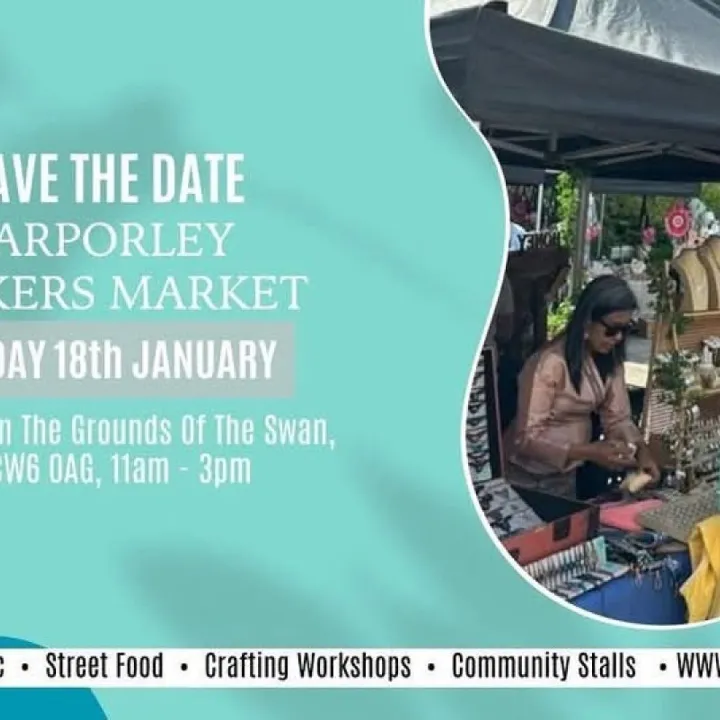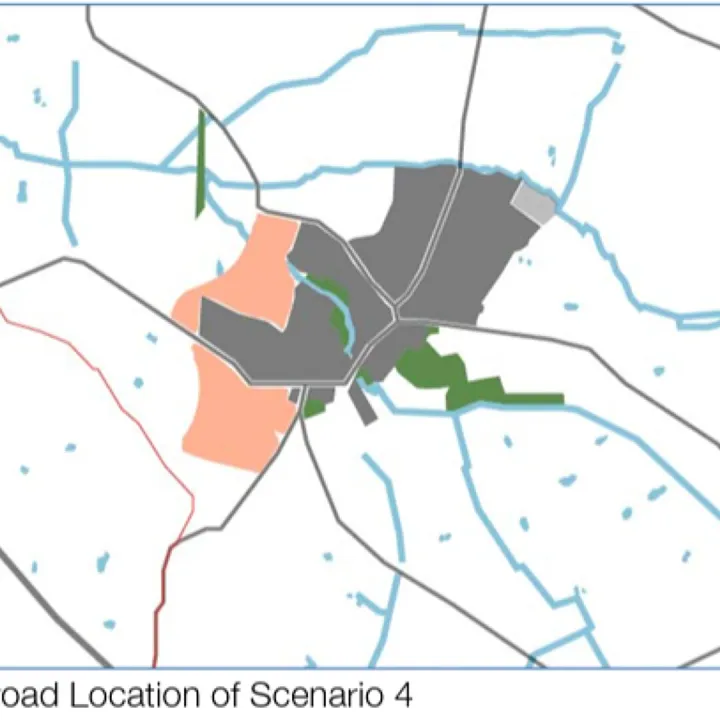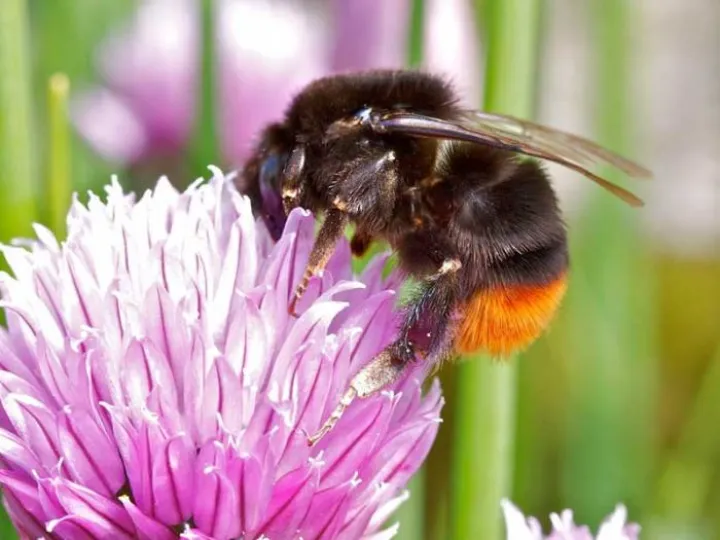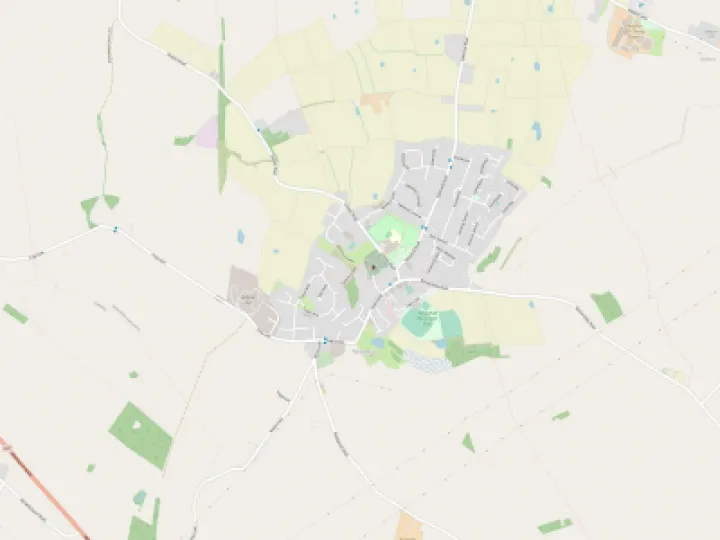Tattenhall Bumblebee Population Survey
Tattenhall Bumblebee population.
If you attend the talk on February 13th at the Tattenhall Garden Society meeting you will hear about Chester Zoo's bee project. Well, we had our very own bee project last summer here in Tattenhall.
A local Entomologist Chloe Aldridge, surveyed two gardens in and around Tattenhall through the summer of 2018 to look at the numbers of bumble bees in the gardens.
Bumblebees are large hairy social insects with a lazy buzz and clumsy bumbling flight. Many of them are black and yellow, and along with ladybirds and butterflies are perhaps the only insects that almost everyone likes!
Four facts about bumblebees:
- bumblebees can beat their wings up to 11,400 times a minute
- they have smelly feet! After visiting to feed on a flower they leave behind a chemical scent which informs other bees that the nectar has already been taken from that flower!
- they are capable of travelling over a mile from their nest in order to find food.
- globally there are around 275 species of bumblebee, in the UK we have just 24.
It has been widely reported that Einstein said that without bees to pollinate our food crops humans would die off in just 4 years. This is in fact an urban myth, he never said this! However, the impact of the disappearance of bees on the amount of food grown would be fairly catastrophic as there would be much less for us all to eat.
Chloe was very pleased to find 11 species in the two gardens. Of the 24 species found in the UK, some bumblebee species are very local and rare, so this was seen as a very good number.
We had Common Carders, Buff tailed, White tailed, Red tailed which is the biggest bumblebee you will see, Early, Tree, and Garden bumblebees. And there were also 4 different cuckoo bees, who act just like the bird, Cuckoo, using other bees nest to lay their eggs and their offspring eat the hosts eggs!
It is very difficult to tell some of the species apart as they are very similar, but just by watching them you can become more aware that there are little ones and huge ones. The other confusing element is that the workers who collect the food for the queen and her brood are smaller and different in colour to the queen! So as the spring approaches keep an eye out for a little bumblebee, it may well be the Early one, and just see what flowers it is gathering pollen from.
If you want to look at the details of the bumblebees seen by Chloe in the gardens and what they were feeding on CLICK HERE.
Get In Touch
Tattenhall Online is powered by our active community.
Please send us your news and views using the button below:








